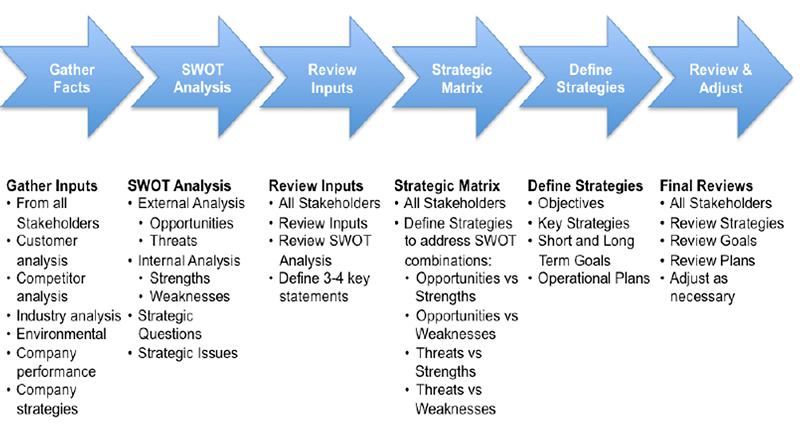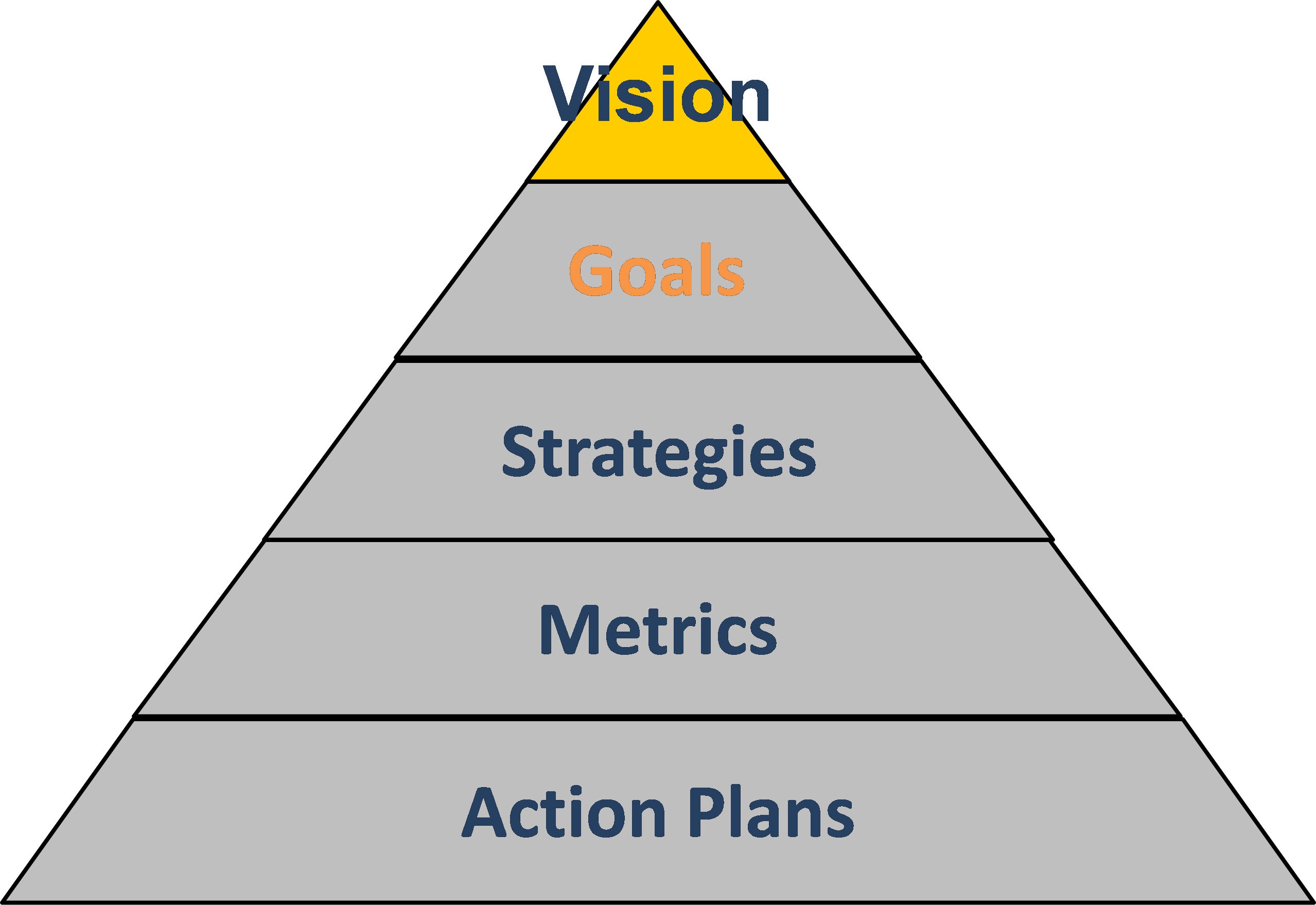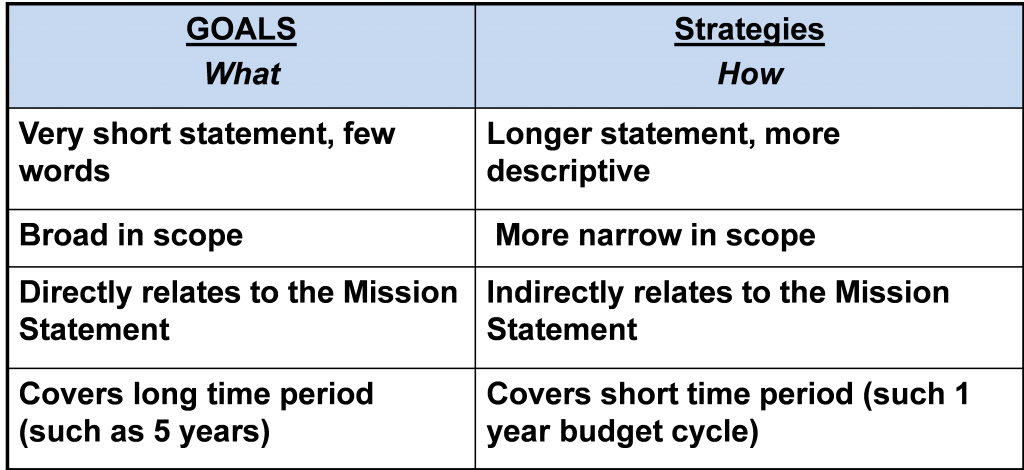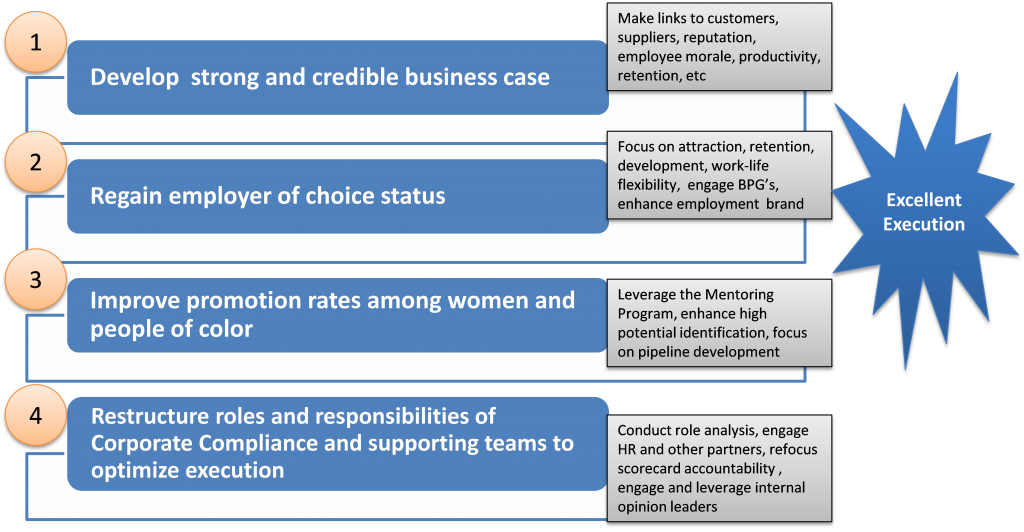We hosted a webinar yesterday on sustaining diversity and inclusion strategies. One of the participants asked how you develop a plan that is easy for leaders to understand…a “five point” plan if you will. The questioner was concerned that all of the steps that I was outlining would be too complex for leaders to want to embrace.
I advocate for a thorough cultural audit (see part 6 of the series) that examines the interrelationships of different aspects of the culture including hires, terminations, promotions, regional differences, etc. The audit should also explore interdependencies such as trends in performance ratings and how that links to engagement, as one example.
Once the audit is complete, the role of the executive inclusion council is to analyze and pull out the key drivers that will support the achievement of the vision.
The diagram below offers an example of the analysis process that should be conducted based on the results of the cultural audit.

Next, develop no more than 5 key goals for the organization. Goals are broad statements that articulate a desired future state. Strategies outline how the goals will be accomplished and should be specific, measurable, actionable and time bounded. (S.M.A.R.T)

The key differences between goals and strategies are highlighted below.

An example of goals and strategies is offered below. The goals are clear, simply stated and offer the broad strategic approaches to achieve them. This is the high level of detail that can be shared broadly with leadership.

The detailed actions and timetables need only be shared with those who will be charged to implement the specific tactics. The diversity and inclusion team should be the keepers of the detailed strategic plan and keep track of how all of the elements fit together to roll up to the overall strategic plan.



















. I very much enjoy reading and thinking about the issues and points you raise in your article. However, in discussing INCLUSION, the manner in which your article is provided (formatted), either the web site format and/or the E-mail electronic version, is missing a whole set of readers that can be important to the discussion. I am blind and use a screen reader to access print material. No matter how up-to-date my screen reader might be, and mine is totally current, there is no screen reader in the world that can “read” diagrams that are graphical, image-based or use other popular features that are “visual” or pictorially based elements that people seem to take for granted that everyone must be able to “see” (access). I only wish I COULD access those graphical diagrams and other graphical additions from your article as they are critical to understanding your content fully. Without them, I cannot understand or move these concepts forward in my own work as I am missing a major portion of your content… just because I simply cannot access that part of your material. (This brings a new dimension to how one uses the term INCLUSIVENESS, doesn’t it?) While there are very simple ways to include alternative methods to make those visual/graphical “enhancements” accessible to those of us who rely on screen readers to access print material, these are absent in your article. Unfortunately these same simple formatting alternatives that might be used to make the visual graphical elements used on the web version accessiblwe to screen readers are also absent, and there is no mention of “ACCESSIBILITY” anywhere provided on your site. If we want to be truly inclusive in ANY discussion, then we must strive to BE REALLY inclusive in the way we present our material and point of view. I urge you to lead the discovery and development of an ACCESSIBILITY POLICY for this important content in both the electronic versions of the material, as well as on the entire web site format. Your thoughtful and important perspective , and those of each of the other contributors, is much too important to inadvertently leave out a segment of our society by not being aware of the accessibility element in sharing the material. As an Affirmative Action officer myself, and a blind individual, I don’t want to be left out of the discussion. I’m sure I am not alone. Please take the next step necessary to ensure EVERYONE is included and able to access your important material.
I appreciate your concerns and we are working on ensuring that in the future we provide content that is accessible to everyone! We appreciate your support of our content and glad that you find it valuable.